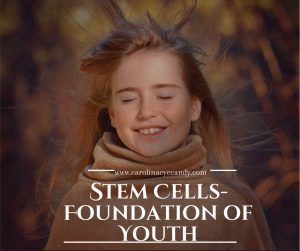A stem cell is simply defined as an un-specialized cell able to propagate through cellular division. It also has the capacity to expand into differentiated cells having specific functions. The DNA code is the basis of development of various types of tissues and organs. Given this, malformation is the result of a damaged DNA code.
Stem cells of living adults are found in the hair follicle’s bulb, and within the dermis and basal layer of the skin.
Using stem cells is based on the theory that the use of laboratory-cultured human or plant stem cells can serve as protection for adult stem cells. This can also stimulate the prevailing cells to repair damaged skin. The usage of extracts, like growth factors of the epidermis, is vital to accomplish stem cell regeneration.
Products sold in the market mislead when they say that they use stem cells. The ingredient works due to the cell-stimulating peptides, antioxidants, growth factors, and enzymes.
In skin care products, the Swiss UttwilerSpätlauber apple is the most popular stem cell ingredient. Studies in the lab and on human subjects show an increase in the mesenchymal stem cell’s lifespan in a controlled environment. Plant stem cell ingredients possess skin protection capabilities, but topical application is yet to be approved. Edelweiss, grape, lilac, Echinacea, and gotu kola are other types of plant stem cells used.
Diseases can possibly be cured and organs can probably be regrown by maximizing the stem cell’s power in therapeutic treatments. There are studies on the matter, and the possibility of the regenerative effect of stem cells is likely to happen in the future. However, the success of topical application is unlikely as there are conflicting results to the studies of a number of aestheticians.
Be smart whenever a product is about to be purchased.
